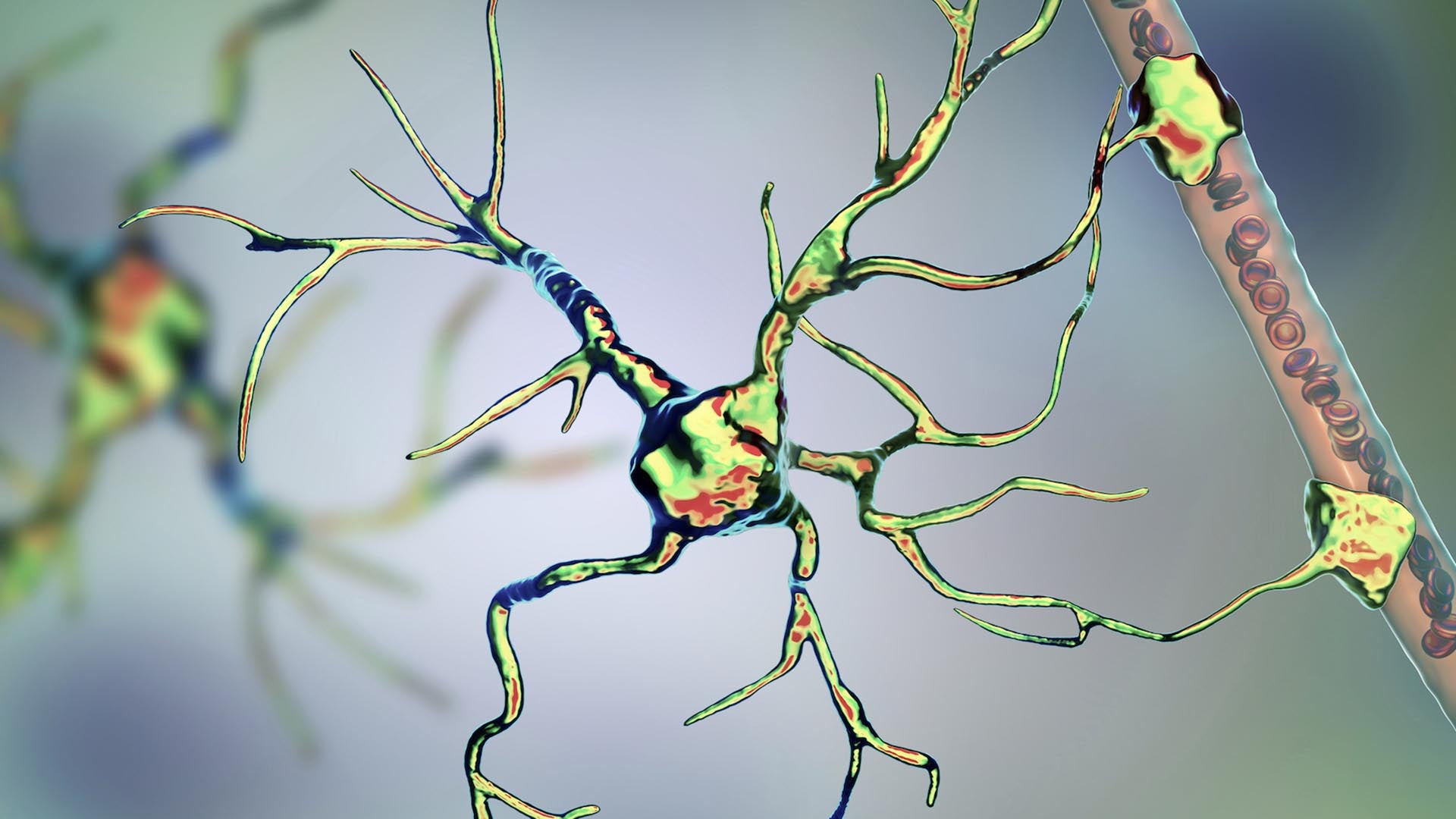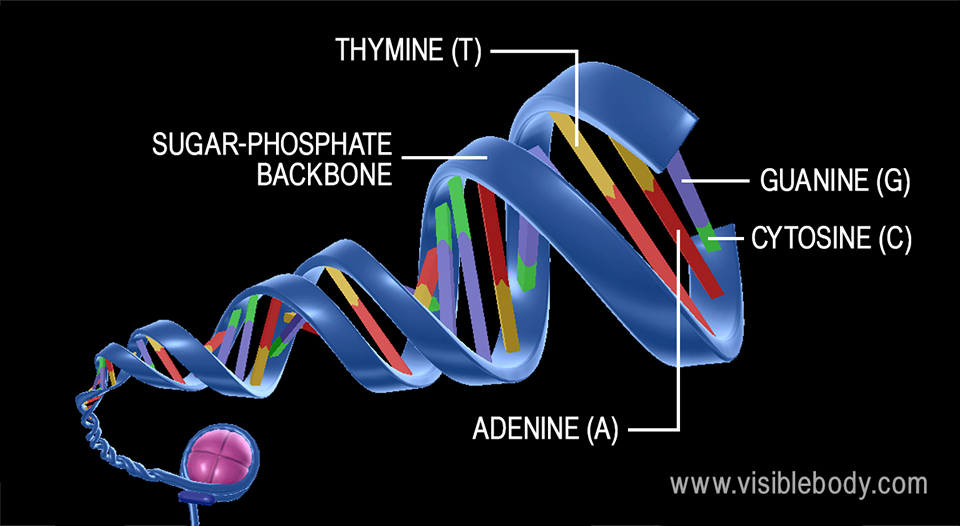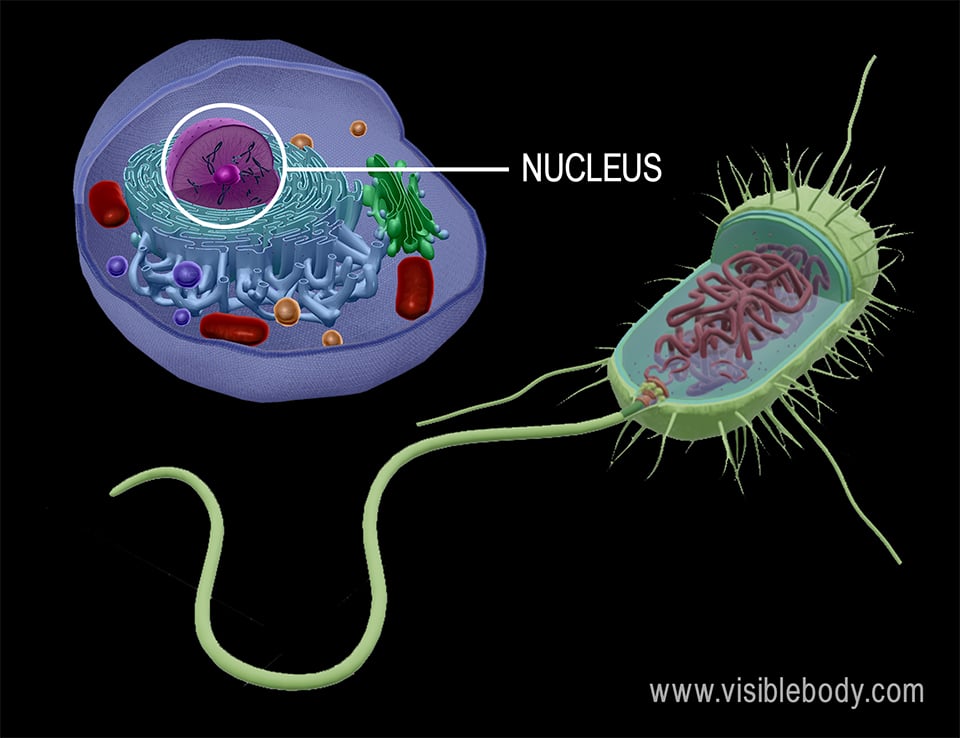Interesting tidbit.
It is thought that viruses lack one of the identifiers of life and that is a cell. But that is not strictly true. The DNA of a virus itself is encased in a cellular sheath.
Difference between Eukaryotic and Prokaryotic cells
2. Eukaryotic chromosomes are located within the nucleus, whereas prokaryotic chromosomes are located in the nucleoid.
2. Eukaryotic chromosomes are located within the nucleus, whereas prokaryotic chromosomes are located in the nucleoid.
Note the flagella and cilia already contained in Prokaryote organism, before the emergence of Eukaryotes.
https://www.visiblebody.com/learn/biology/dna-chromosomes/eukaryotic-vs-prokaryotic
Prokaryotes and
Eukaryotes are distinguished on the basis of their cellular characteristics. ...
The important cellular features of (a) a prokaryotic cell (a bacterium) and (b) a eukaryotic cell.
Note the flagellum and cilia as identified in the Prokaryote organism already present before the emergence of Eukaryotes..
Viruses are considered neither prokaryotes nor eukaryotes because they lack the characteristics of living things, except the ability to replicate (which they accomplish only in living cells).
General Properties of Viruses
Structure
(1.
Nucleic acid -contains 3-400 genes
Deoxyribonucleic Acid (DNA) -unique features
- Single and/or double stranded
- Glycosylated and/or
- Gaps present in double stranded molecule
- Circular or linear
- Bound protein molecules
- Unique purine and/or pyrimidine bases present
- Ribonucleotides present
RNA
- Single or double stranded
- Segmented or unsegmented
- Bound protein molecules
- Unique purine and/or pyrimidine bases present
2.
Capsid -The capsid accounts for most of the virion mass. It is the protein coat of the virus. It is a complex and highly organized entity which gives form to the virus. Subunits called protomeres aggregate to form capsomeres which in turn aggregate to form the capsid.
3.
Envelope -this is an amorphous structure composed of lipid, protein and carbohydrate which lies to the outside of the capsid. It contains a mosaic of antigens from the host and the virus. A naked virus is one without an envelope.
4.
Spikes. These are glycoprotein projections which have enzymatic and/or adsorption and/or hemagglutinating activity. They arise from the envelope and are highly antigenic.)
Morphology (Symmetry)
( 1.
Icosahedral -The protomeres aggregate in groups of five or six to form the capsomere. In electron micrographs, capsomeres are recognized as regularly spaced rings with a central hole. The shape and dimensions of the icosahedron depends on characteristics of its protomeres. All icosahedral capsids have 12 corners each occupied by a penton capsomere and 20 triangular faces, each containing the same number of hexon capsomeres. Icosahedral symmetry is identical to cubic symmetry.
From Jawetz, R., J.L. Melnick, and E.A. Adelberg, Review of Medical Microbiology, 16th Edition, pp. 347, Figure 27-3. Reproduced with permission.
2.
Helical -The protomeres are not grouped in capsomeres, but are bound to each other so as to form a ribbon-like structure. This structure folds into a helix because the protomeres are thicker at one end than at the other. The diameter of the helical capsid is determined by characteristics of its protomeres, while its length is determined by the length of the nucleic acid it encloses.
From Jawetz, R., J.L. Melnick, and E.A. Adelberg, Review of Medical Microbiology, 16th Edition, pp. 347, Figure 27-3. Reproduced with permission.
3.
Complex -e.g., that exhibited by poxvirus and rhabdovirus. This group comprises all those viruses which do not fit into either of the above two groups.
From Jawetz, R., J.L. Melnick, and E.A. Adelberg, Review of Medical Microbiology, 16th Edition, pp. 347, Figure 27-3. Reproduced with permission.)
....more;
https://www.atsu.edu/faculty/chamberlain/website/tritzmed/LECTS/PROPERT.HTM








